Meet Etty Yaniv | Artist, writer and publisher
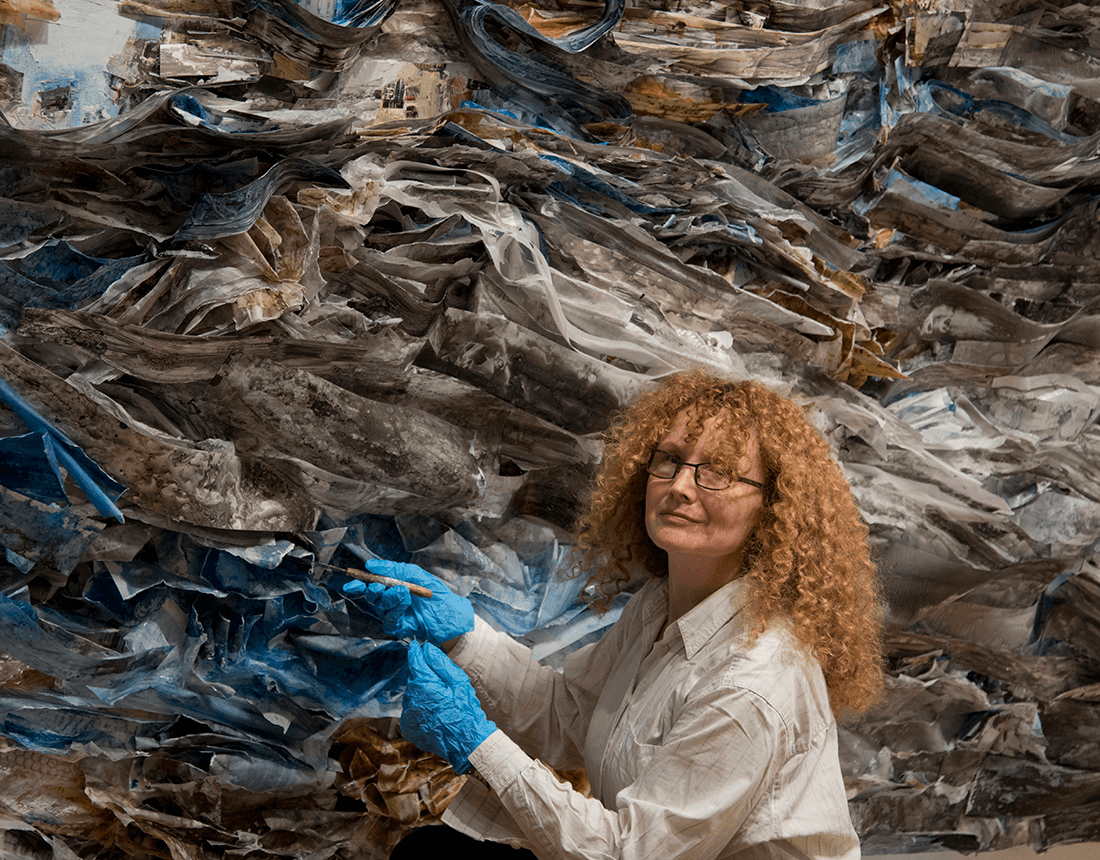
We had the good fortune of connecting with Etty Yaniv and we’ve shared our conversation below.
Hi Etty, we’d love for you to start things off by telling us something about your industry that we and others not in the industry might be unaware of?
Some outsiders to the art world are surprised to learn that many artists are unpaid for much of their art practice. For instance, artists frequently incur the expenses of shipping and installing work, not to mention the full or partial cost of making their artwork. This can be the case for many nonprofits and smaller commercial galleries alike. If the artwork sells, artists get, on average, 50% of their art sales and that makes sense as galleries and organizations also need to get compensated for their labor. Most artists cannot live off their art, especially if it is less commercial. Many juggle day jobs or freelance gigs to finance their art practice.
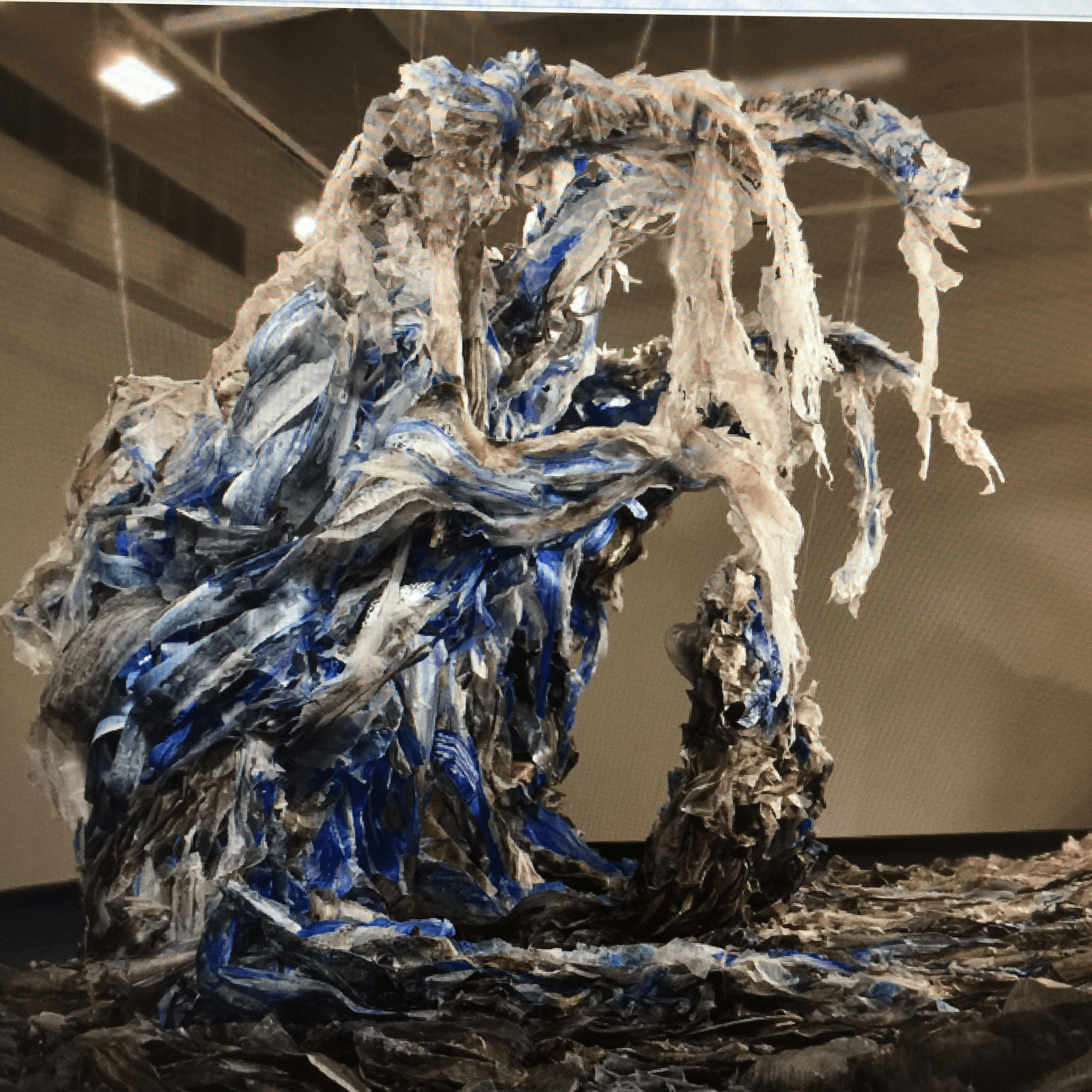
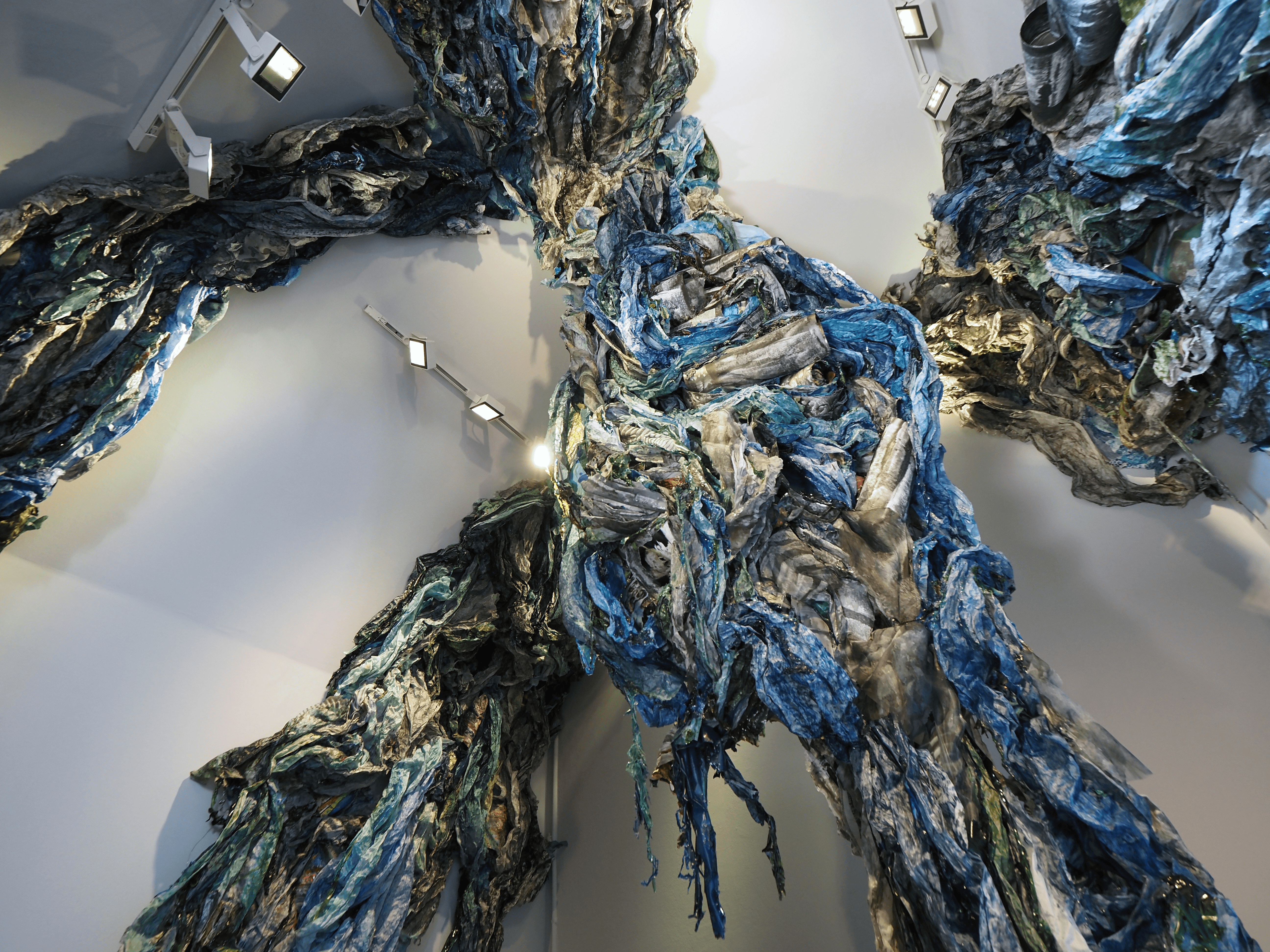
Alright, so let’s move onto what keeps you busy professionally?
In my art, I use patterns from nature and everyday images to create environments that blur the line between reality and imagination, the organic and the artificial. My sculptural installations respond to their locations and are made from a mix of reused materials like paper, fabric, and plastic from my daily life. Often repurposed from past projects, these materials come together in lightweight yet dense clusters. From a distance, these sculptures look like parts of satellite images or abstract seascapes, but they reveal small stories up close. The way the sculptures and the spaces between them are arranged create a rhythmic flow in the exhibition space, inviting visitors to move around and see them from different angles. One challenge is studio space in NYC—My work requires quite an ample studio space to enable multiple workstations and typically a balance of careful planning and on-site freedom to improvise. I founded Art Spiel, an online art publication highlighting under-the-radar artists and mostly non-profit art venues through reviews, interviews, and other experimental formats. One of the challenges is funding, which is an ongoing learning process for me.
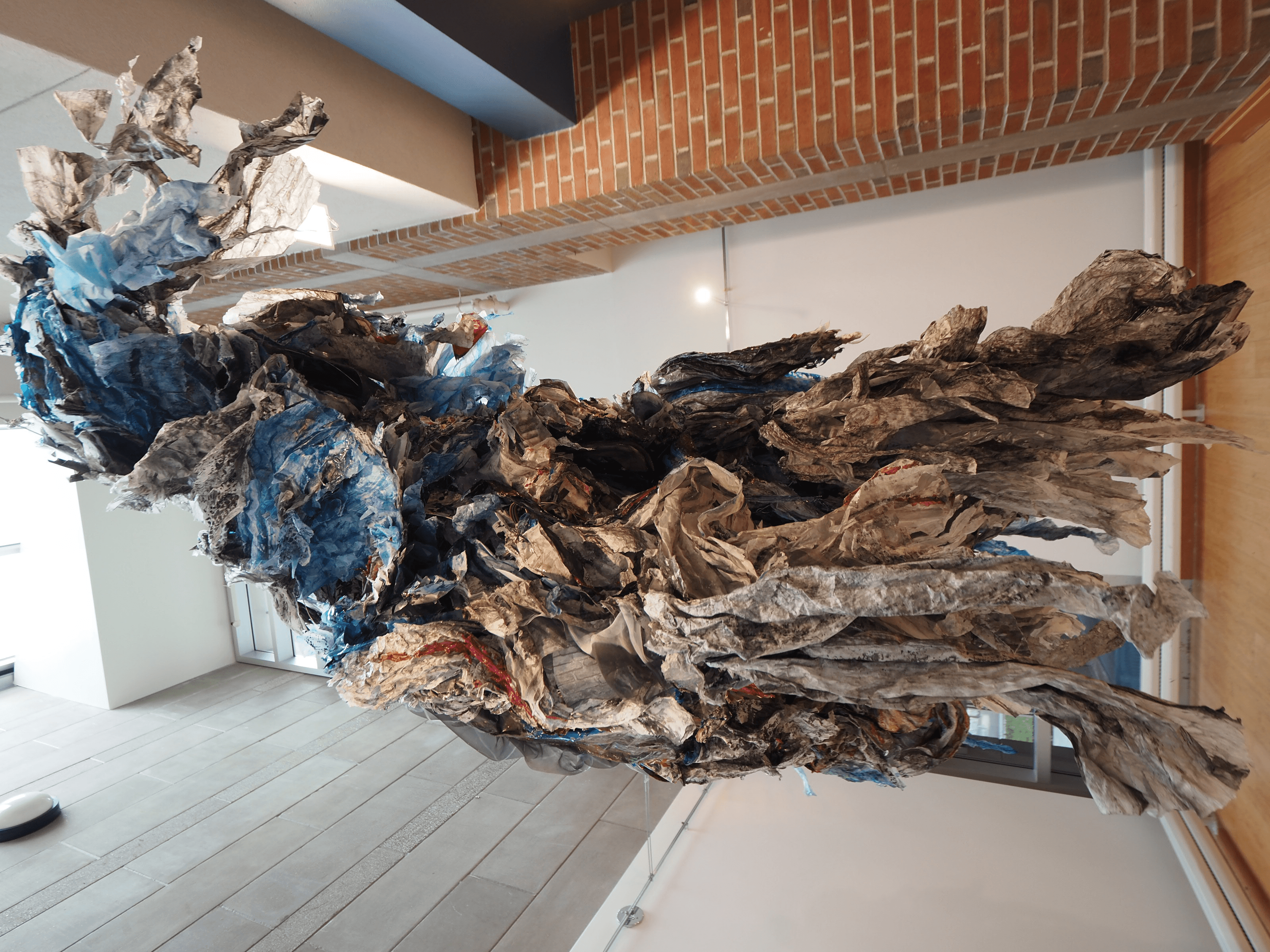
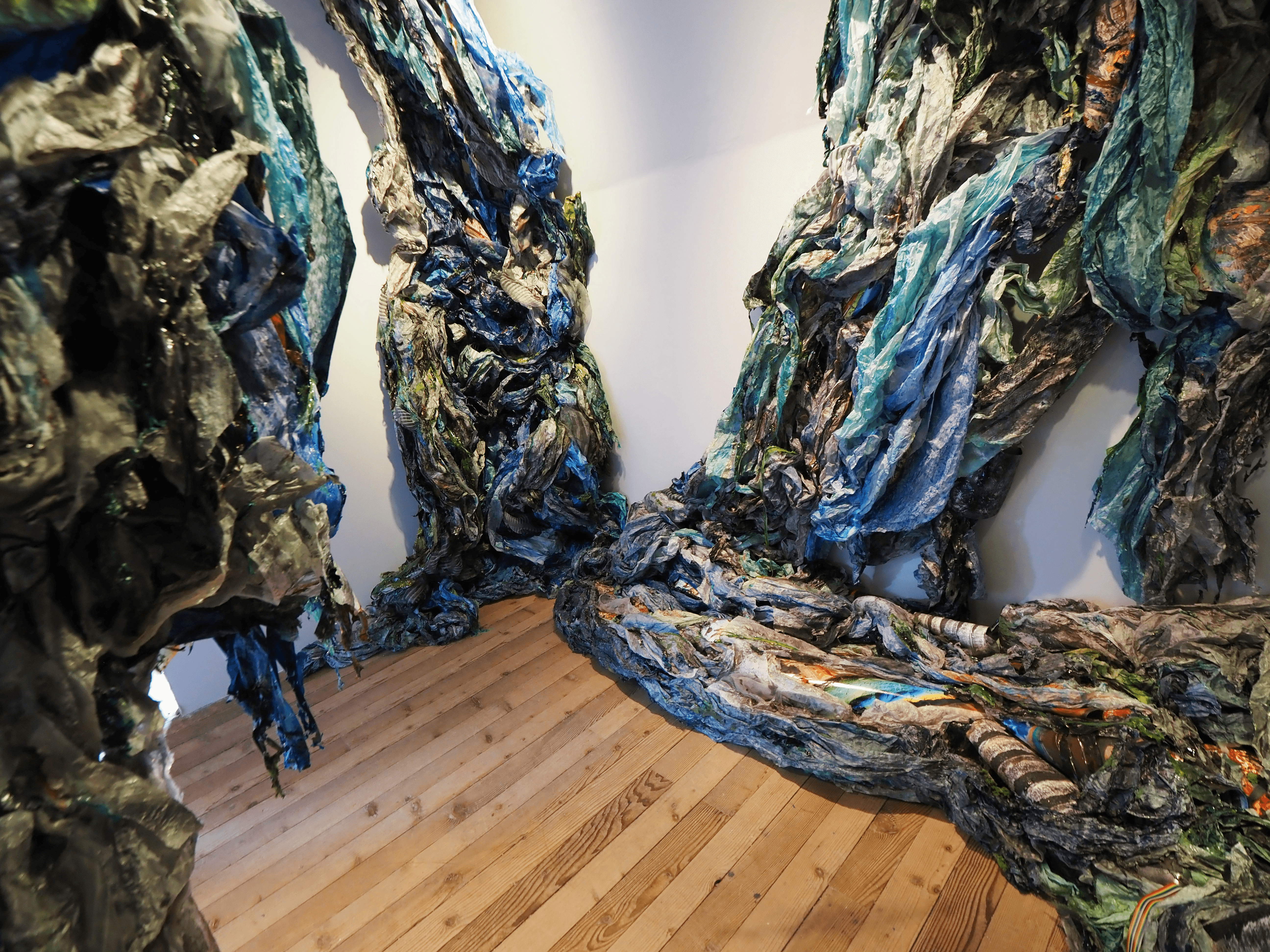
Let’s say your best friend was visiting the area and you wanted to show them the best time ever. Where would you take them? Give us a little itinerary – say it was a week long trip, where would you eat, drink, visit, hang out, etc.
I work on the waterfront in Brooklyn. I would take my friend for a walk along the water. point out the well-preserved industrial architecture, and take them for a lovely lunch at a small French bakery near my studio. I would take them for a walk across the Brooklyn bridge, and a play at night. This is a day. For a week, that is easy in NYC. The Metropolitan museum, Whitney, The Morgan Library, The Cloisters, The Guggenheim, The MOMA, and endless clusters of galleries in Chelsea, Tribeca, Lower East Side, Upper East Side, Harlem, and Brooklyn. Lots of visual art, theater, opera and dance.
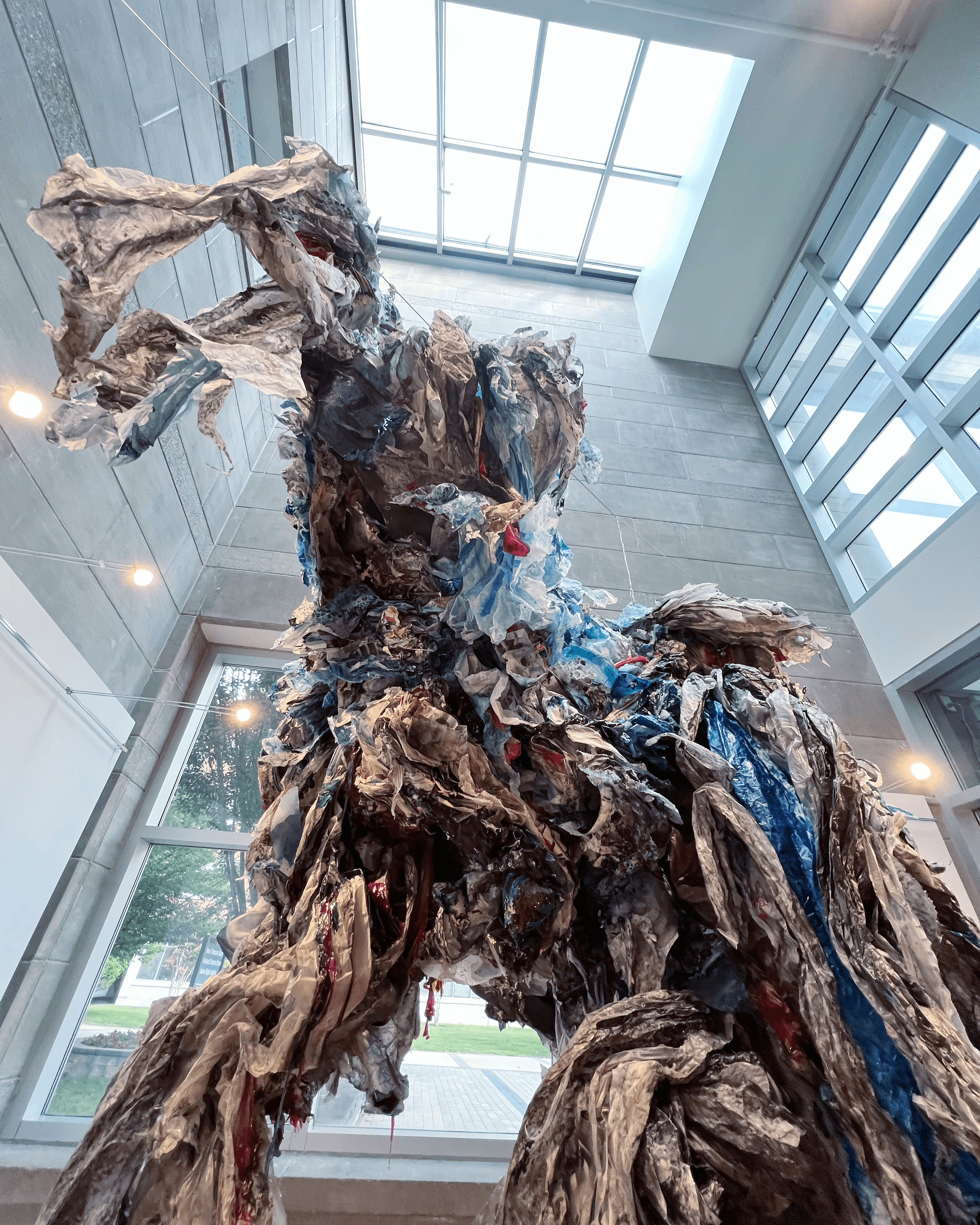
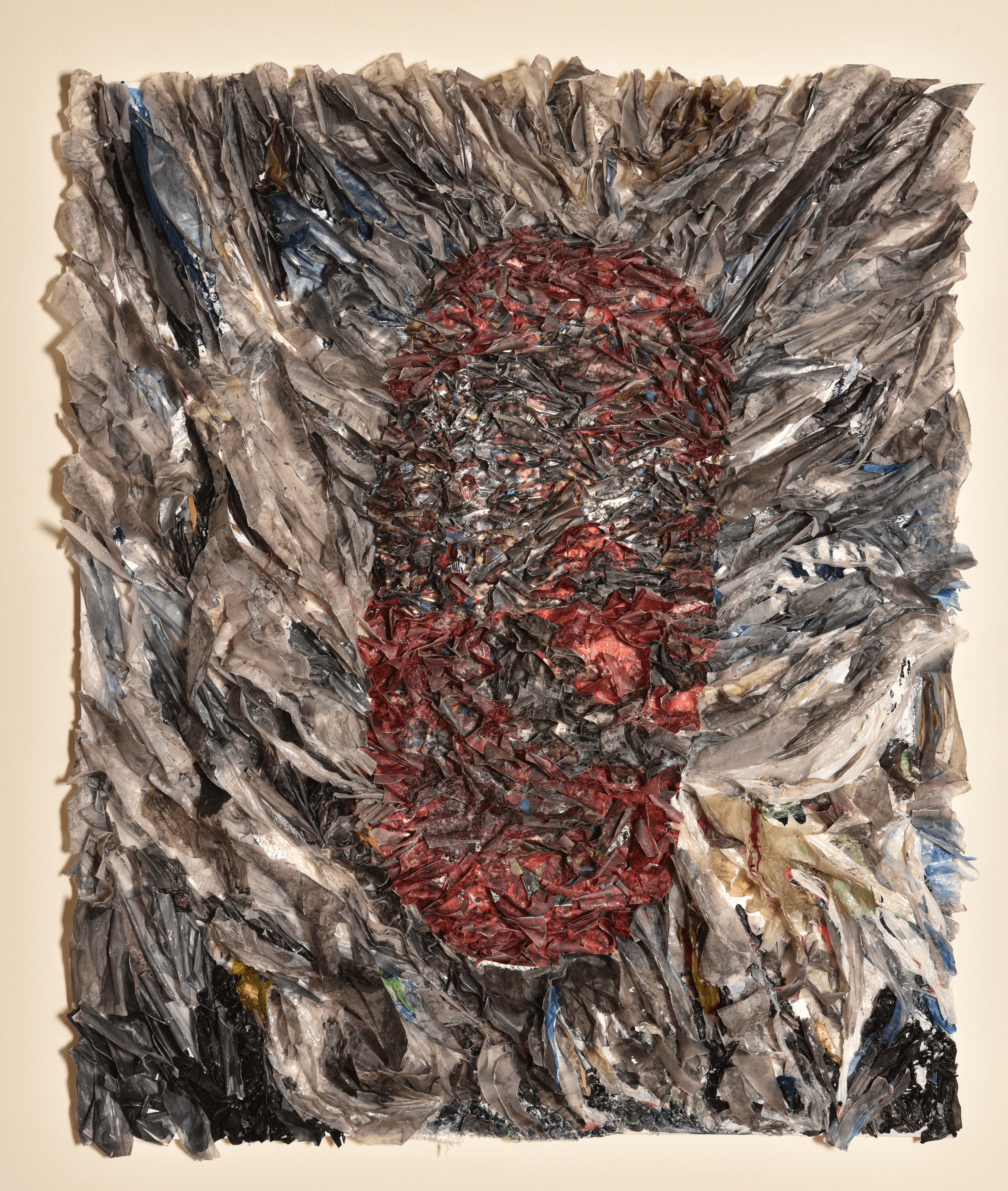
Who else deserves some credit and recognition?
My community of artists deserves credit. Support from peer artists who engage in alternative art initiatives such as writing, curating group shows, and those who get out of their way to visit other artists’ studios. Also, art programs that enable artists to get subsidized studio spaces, like the Cultural Space Subsidy Program in Dumbo, Brooklyn.
Website: https://www.ettyyanivstudio.com/
Instagram: https://etty.yaniv
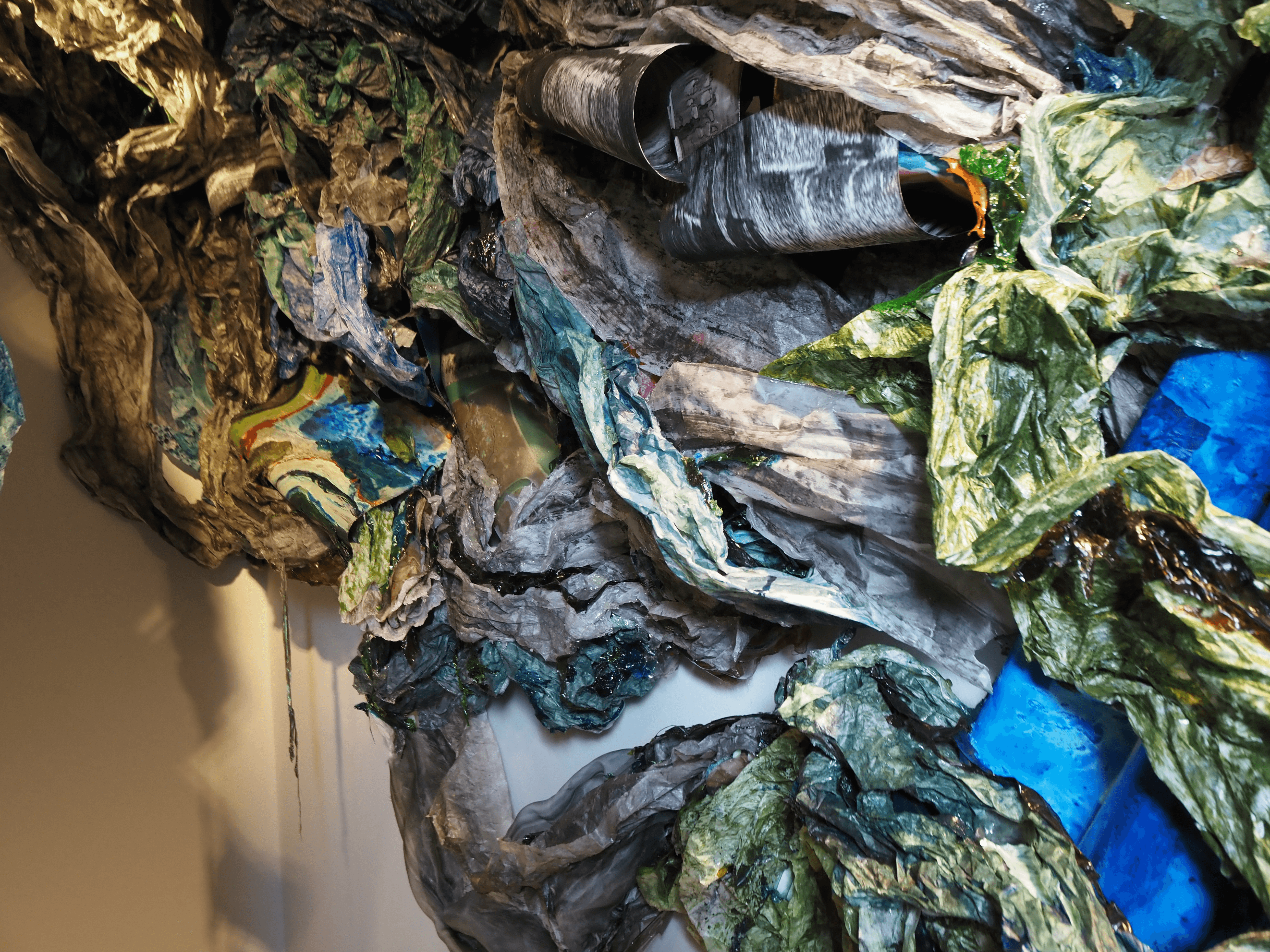
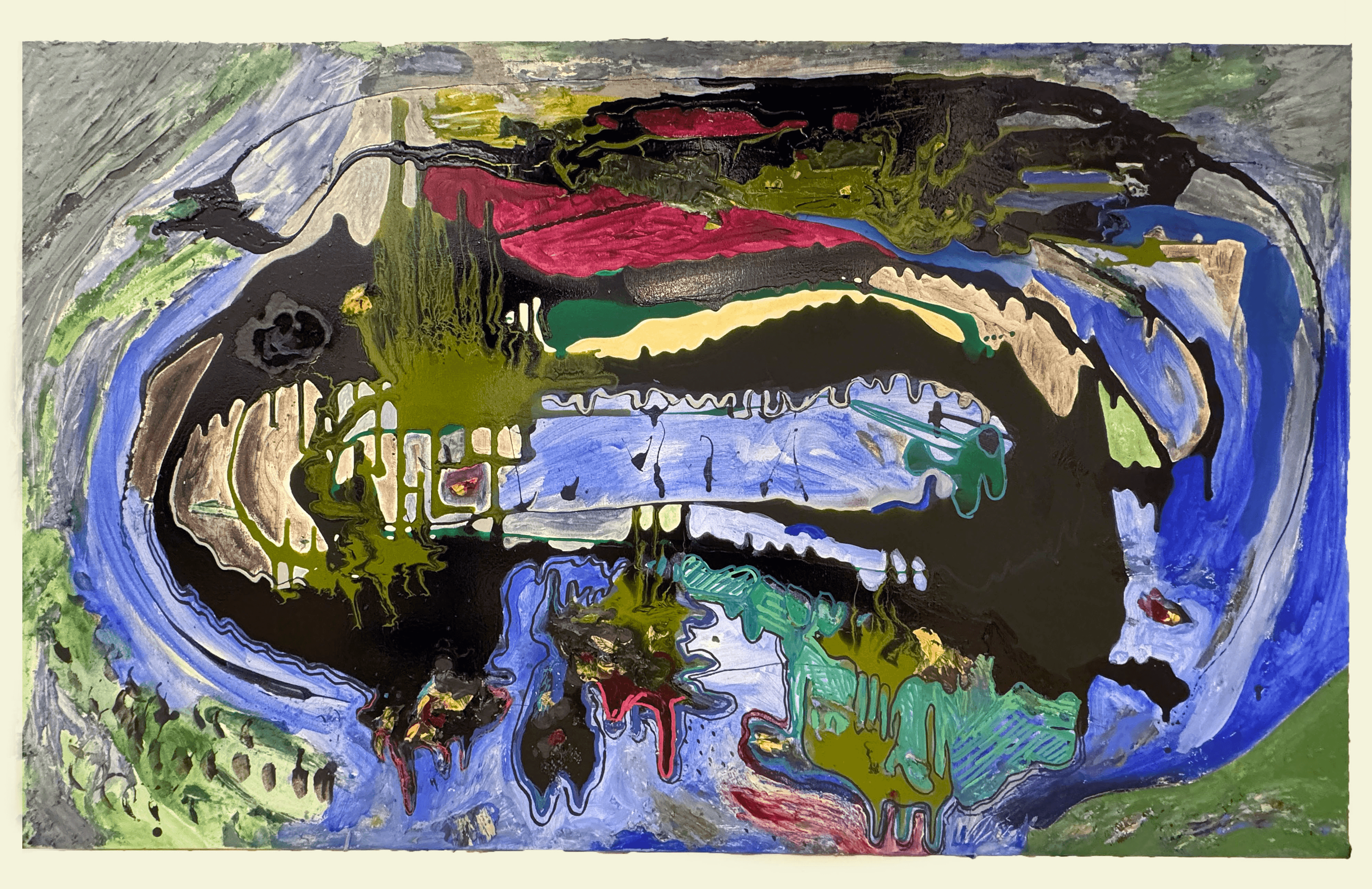
Image Credits
Etty Yaniv
